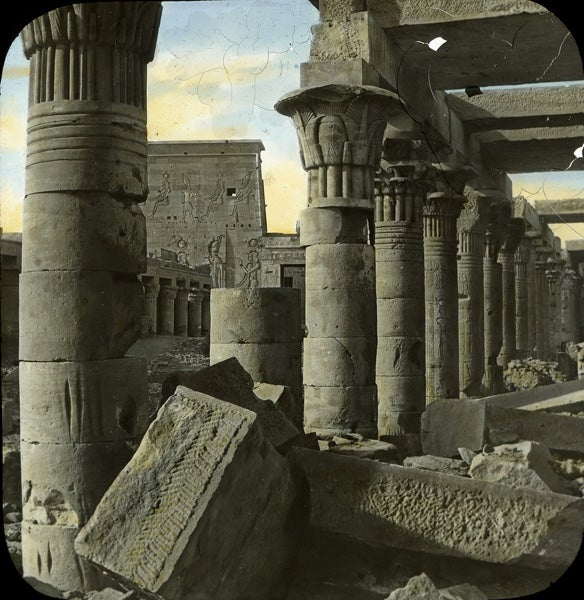Stele names Roman Emperor Octavian Augustus as Egyptian Pharaoh

Your support helps us to tell the story
From reproductive rights to climate change to Big Tech, The Independent is on the ground when the story is developing. Whether it's investigating the financials of Elon Musk's pro-Trump PAC or producing our latest documentary, 'The A Word', which shines a light on the American women fighting for reproductive rights, we know how important it is to parse out the facts from the messaging.
At such a critical moment in US history, we need reporters on the ground. Your donation allows us to keep sending journalists to speak to both sides of the story.
The Independent is trusted by Americans across the entire political spectrum. And unlike many other quality news outlets, we choose not to lock Americans out of our reporting and analysis with paywalls. We believe quality journalism should be available to everyone, paid for by those who can afford it.
Your support makes all the difference.Scholars translating a Roman victory stele, erected in the Temple of Isis at Philae in Egypt in 29 BC, have discovered the Roman Emperor Octavian Augustus’ name inscribed in a cartouche – an honour normally reserved for an Egyptian pharaoh
Octavian’s forces defeated Cleopatra VII and Mark Antony at the Battle of Actium in 31 BC, and captured Alexandria soon afterwards. Historians believe that although Octavian ruled Egypt after the death of Cleopatra in 30 BC, he was never actually crowned as an Egyptian pharaoh.
The stele was commissioned by Gaius Cornelius Gallus, a Roman soldier and poet who was appointed by Octavian to run Egypt as a province, and who administered Egypt until he was recalled to Rome in 27 BC. The stele celebrates the end of the Ptolemaic kings and the defeat of the “king of the Ethiopians”. It is written in three languages: Egyptian hieroglyphics, Latin and Greek. The stele has been known to scholars for around 100 years, but translation of the hieroglyphic text has been difficult as the inscription is no longer clear. Previous work had suggested that the name of Gaius Cornelius Gallus had been inscribed in the cartouche (an oblong frame).
Historians don’t believe that Octavian Augustus was ever crowned as the Pharaoh of Egypt. However, Professor Martina Minas-Nerpel, who was part of the team translating the stele, said that the inscription clearly indicated that Octavian Augustus was treated as a pharaoh by the Egyptians.
“The name of Octavian is written in a cartouche - he’s treated as any other Egyptian king,” she said.
Professor Minas-Nerpel believes that Egyptian priests had insisted on this honour, and that it was in Octavian’s interests to comply.
“(The priests) had to have an acting pharaoh, and the only acting pharaoh (possible) under Octavian was Octavian,” said Minas-Nerpel. “The priests needed to see him as a pharaoh otherwise their understanding of the world would have collapsed.”
For Octavian, pleasing the priests would have been vital in keeping the province in order.
“He needed to have a calm province and the key element to keeping the province calm were the priests – they were key to the population,” said Minas-Nerpel.
This stele would not be the only example of the names of Roman rulers being written in a cartouche. Similar instances dating up to the 3rd Century AD have also been discovered. Professor even Minas-Nerpel cites another example of Octavian's name being written in a cartouche. His name is found on a gateway dating to 30 BC, on the island of Kalabsha in Southern Egypt.
Join our commenting forum
Join thought-provoking conversations, follow other Independent readers and see their replies
Comments